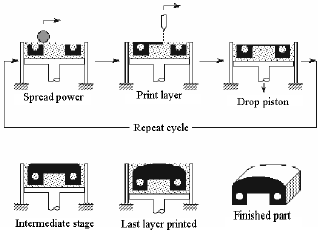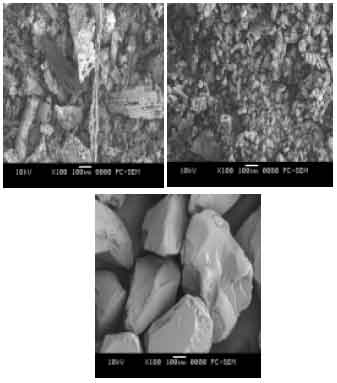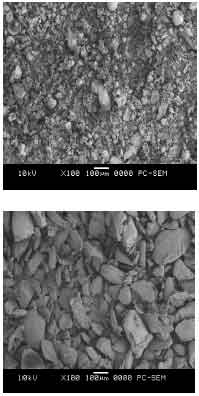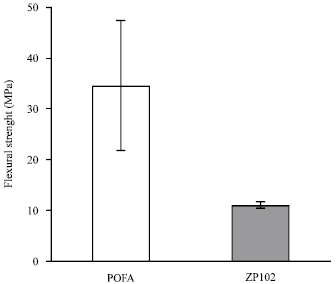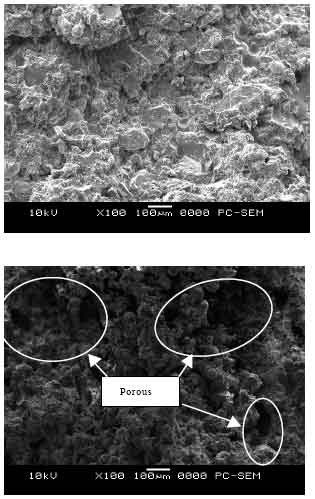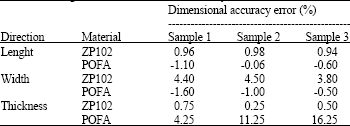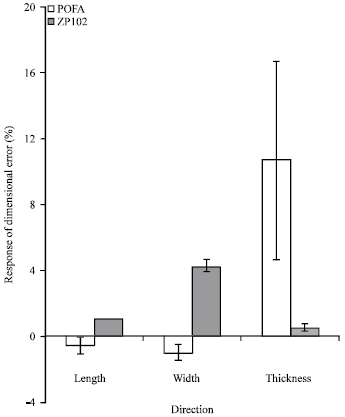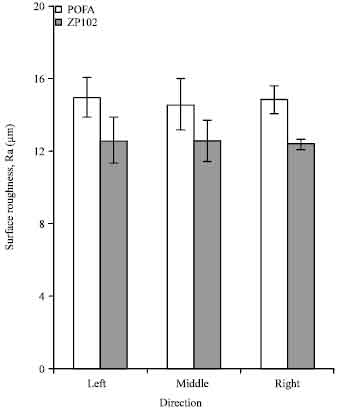Research Article
Solid Freeform Fabrication of Prototypes Using Palm Oil Fly Ash via 3D Printing
Department of Manufacturing and Industrial Engineering, Faculty of Mechanical and Manufacturing Engineering, University of Tun Hussein Onn Malaysia, 86400 Parit Raja, Batu Pahat, Johor, Malaysia
N. H. Hassan
Department of Manufacturing and Industrial Engineering, Faculty of Mechanical and Manufacturing Engineering, University of Tun Hussein Onn Malaysia, 86400 Parit Raja, Batu Pahat, Johor, Malaysia
M. Ibrahim
Department of Manufacturing and Industrial Engineering, Faculty of Mechanical and Manufacturing Engineering, University of Tun Hussein Onn Malaysia, 86400 Parit Raja, Batu Pahat, Johor, Malaysia
M. S. Wahab
Department of Manufacturing and Industrial Engineering, Faculty of Mechanical and Manufacturing Engineering, University of Tun Hussein Onn Malaysia, 86400 Parit Raja, Batu Pahat, Johor, Malaysia









